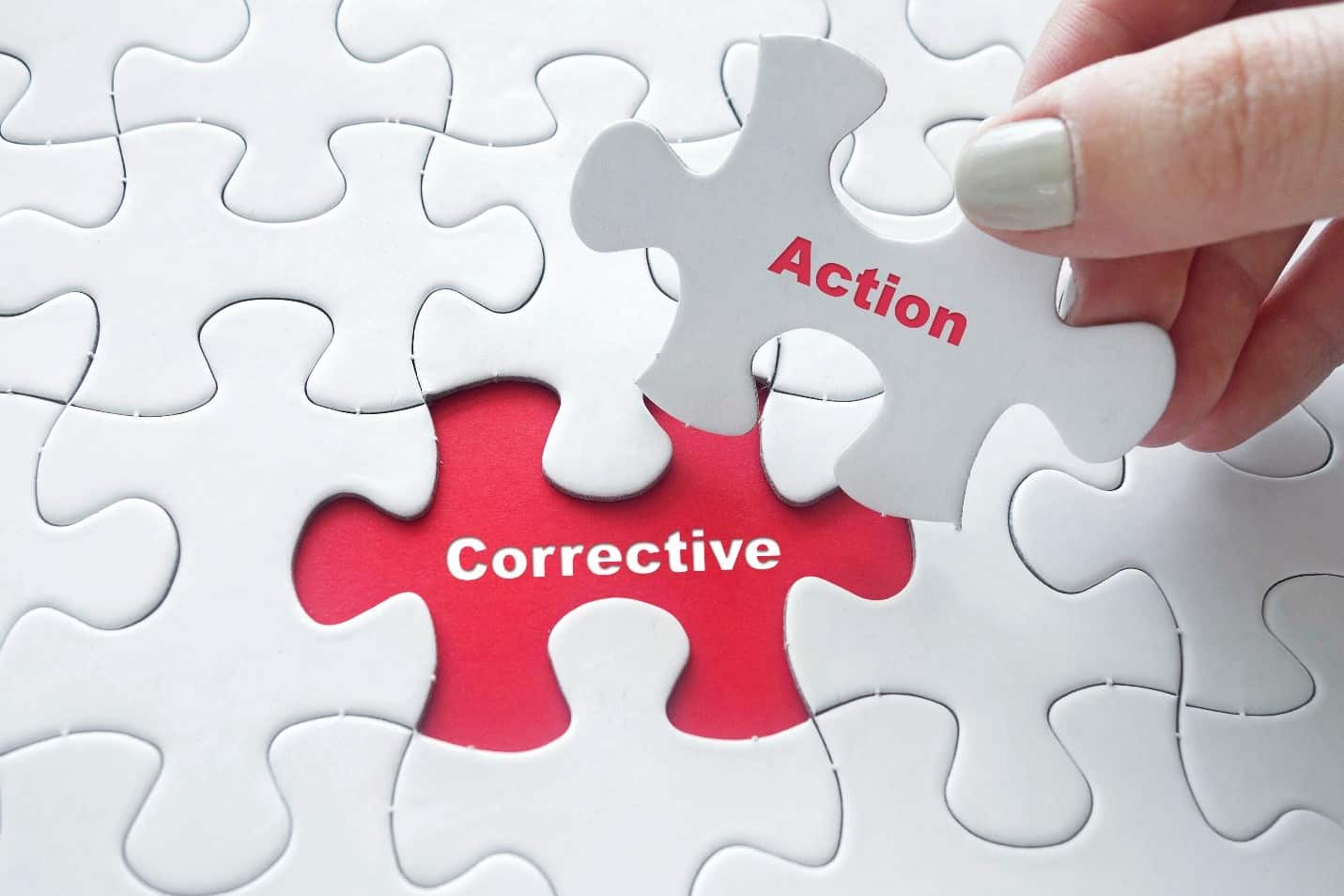NWS Flood Warning: Immediate Actions To Ensure Your Safety

Table of Contents
Understanding NWS Flood Warnings and Advisories
Differentiating between Flood Warnings, Watches, and Advisories
It's critical to understand the difference between NWS flood alerts to respond appropriately:
- Flood Watch: Flooding is possible. Stay informed and monitor the situation closely. Prepare your emergency plan and gather essential items.
- Flood Advisory: Flooding is occurring or is imminent in specific areas. Take precautions, but evacuation may not be necessary yet. Be prepared to act quickly if conditions worsen.
- Flood Warning: Flooding is imminent or already occurring. Take immediate action to protect yourself and your property. Evacuation may be necessary.
Locating Your Area's NWS Flood Information
Staying informed is key. Access your local flood information through various reliable channels:
- NWS Website: Visit weather.gov and enter your zip code or location for detailed forecasts and alerts.
- NWS Mobile App: Download the official NWS app for real-time alerts directly to your smartphone.
- Local News: Stay tuned to local news channels and websites for weather updates and emergency instructions.
- NOAA Weather Radio: A NOAA Weather Radio with Specific Area Message Encoding (SAME) technology provides crucial alerts directly to your home.
Immediate Actions Upon Receiving an NWS Flood Warning
Time is of the essence when an NWS Flood Warning is issued. Act quickly and decisively:
Evacuating Your Home or Business
If instructed to evacuate, do so immediately. Follow official instructions and designated evacuation routes. Before leaving:
- Gather essential documents (insurance policies, identification).
- Pack medications, first-aid kit, and enough food and water for several days.
- Bring important electronics and valuables (if time permits).
- Remember pets and ensure their safety. Make arrangements for those with accessibility needs.
Protecting Your Property
If evacuation isn't immediately necessary, take steps to minimize flood damage:
- Move valuable items, furniture, and appliances to higher floors.
- If time allows, sandbag doorways and vulnerable areas.
- Disconnect electrical appliances and turn off the main breaker.
- Move vehicles to higher ground.
Seeking Safe Shelter
If you cannot evacuate, find safe, elevated ground. Consider:
- Designated evacuation centers (as announced by authorities).
- Higher floors of sturdy buildings.
- A friend or family member's home in a safer location.
- Ensure your shelter is above the projected flood level and has access to communication.
Staying Safe During and After the Flood
Navigating Flooded Areas
Never drive or walk through floodwaters. The dangers are significant:
- Hidden debris and sharp objects can cause injury.
- Electrical hazards from downed power lines can be lethal.
- Strong currents can sweep you away.
- Follow all official instructions regarding road closures.
Post-Flood Safety Precautions
Once the floodwaters recede, proceed with caution:
- Check for structural damage to your home or business.
- Avoid contact with floodwaters as they may be contaminated.
- Beware of downed power lines and report them immediately.
- Contact your insurance company to report damage.
- Report damage to local authorities to receive necessary assistance.
Seeking Help and Resources
Numerous organizations offer assistance during and after a flood:
- FEMA (Federal Emergency Management Agency): Provides disaster assistance, including grants and loans. [link to FEMA website]
- American Red Cross: Offers emergency shelter, food, and other support. [link to Red Cross website]
- Your Local Government: Provides specific information and support for your area.
Conclusion
Receiving an NWS Flood Warning demands immediate and decisive action. By understanding the severity levels of flood alerts, preparing an emergency plan, and following safety guidelines, you can significantly reduce risks and protect your well-being. Remember, prompt action is crucial – it can save lives and minimize property damage. Prepare for future NWS flood warnings by creating a family emergency plan, gathering essential supplies, and staying informed about weather alerts. Regularly check the NWS website ([link to NWS website]) for updates and sign up for their alerts to ensure you're always prepared for any flood safety concerns and achieve greater flood preparedness.

Featured Posts
-
 Discover Joy Crookes Latest Single Carmen
May 25, 2025
Discover Joy Crookes Latest Single Carmen
May 25, 2025 -
 Brb Acquires Banco Master Public Meets Private In Brazils Banking Sector
May 25, 2025
Brb Acquires Banco Master Public Meets Private In Brazils Banking Sector
May 25, 2025 -
 Allagi Pleysis Gia Ti Mercedes O Verstappen Sto Perithorio
May 25, 2025
Allagi Pleysis Gia Ti Mercedes O Verstappen Sto Perithorio
May 25, 2025 -
 Penzionerski Raj Luksuzan Zivot I Milionska Imovina
May 25, 2025
Penzionerski Raj Luksuzan Zivot I Milionska Imovina
May 25, 2025 -
 Visao Geral Do Ferrari 296 Speciale Supercarro Hibrido De 880 Cv
May 25, 2025
Visao Geral Do Ferrari 296 Speciale Supercarro Hibrido De 880 Cv
May 25, 2025
